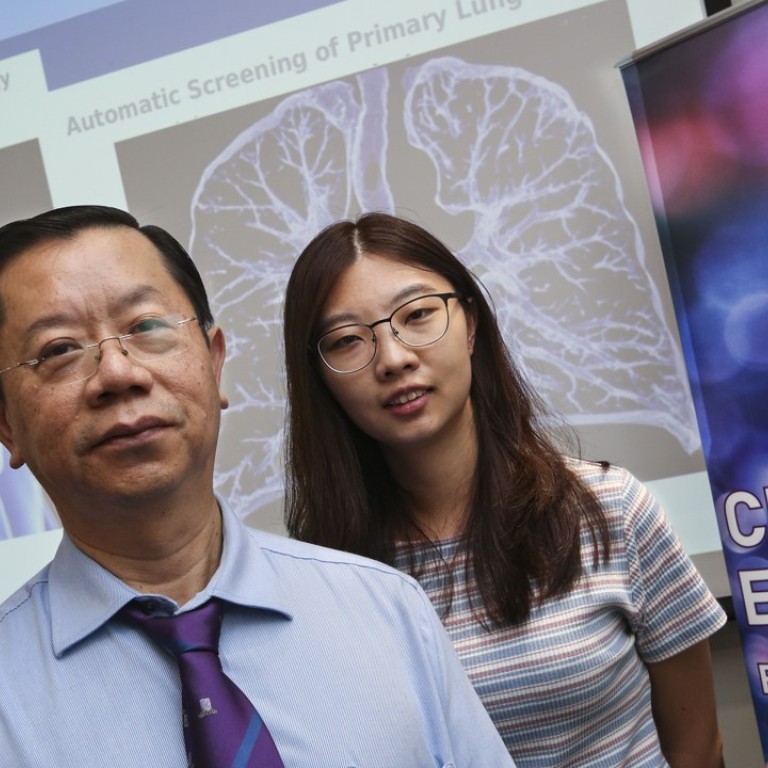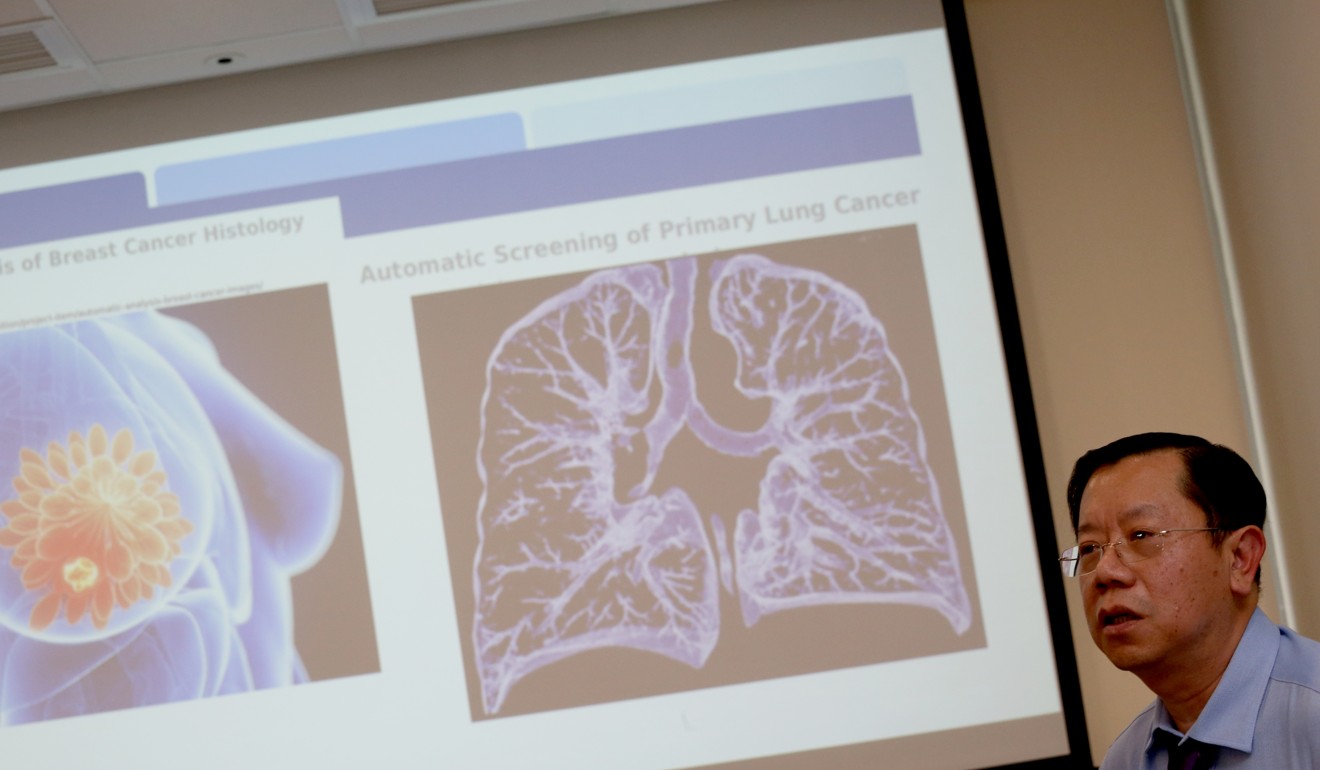
Find out if you have cancer in 30 seconds with speedy new system using artificial intelligence
Medical image analysis system built by researchers at the Chinese University of Hong Kong could cut time required to detect cells from five minutes
A medical imaging analysis system developed by researchers at the Chinese University of Hong Kong could cut the time required to identify cancer cells from five minutes to just 30 seconds with the help of artificial intelligence.
The system, which relies on “deep learning” – a form of artificial intelligence whereby a machine can improve its accuracy through use of existing data – reportedly reduces the time taken to analyse medical images for computerised tomography (CT) scans and histopathology examination, or microscopic inspection of tissues.
The technology could be adopted by local hospitals within one to two years, said Professor Heng Pheng Ann from the university’s department of computer science and engineering.
“Hopefully the technology could be applied to cancers that are more prevalent,” Heng said.

The system can help doctors be more efficient in analysing medical images and reduce possibilities of inspection missed by medical personnel, said Dou Qi, a PhD student from the same department.
Analysing information from about 1,000 overseas patients provided in an international data analysis challenge last year, the Hong Kong researchers, who began looking into the technology five years ago, managed to locate cancer cells from CT scan images of lung cancer patients – a way for doctors to identify the disease – in 30 seconds with an accuracy of 91 per cent.
That was much faster compared to the conventional method, in which doctors took about five minutes to complete the analysis of each scan, which could consist hundreds of images, using the naked eye.
Early screening on the cards once Hong Kong’s first cancer centre opens in 2025
Using the same system to analyse live tissue sample images from 500 overseas breast cancer patients provided in another academic challenge last year, researchers reduced the time spent on analysis to five to 10 minutes, compared to the 15 to 30 minutes currently needed. The system managed to achieve 99 per cent accuracy, about two percentage points more accurate than analysis by doctors.

Cancer is the top killer in the city, and lung and breast cancers are some of the most prevalent cancers in Hong Kong. In 2014, lung cancer was the deadliest, while breast cancer was the most common among local women.
Dou said the new system could help maintain accuracy of analysis when there were limits faced by doctors.
“The level of the doctors could vary. Missed inspection might also happen when doctors are exhausted after working long hours,” she said.
The team has collaborated with three hospitals in Beijing to develop and further improve the system.

